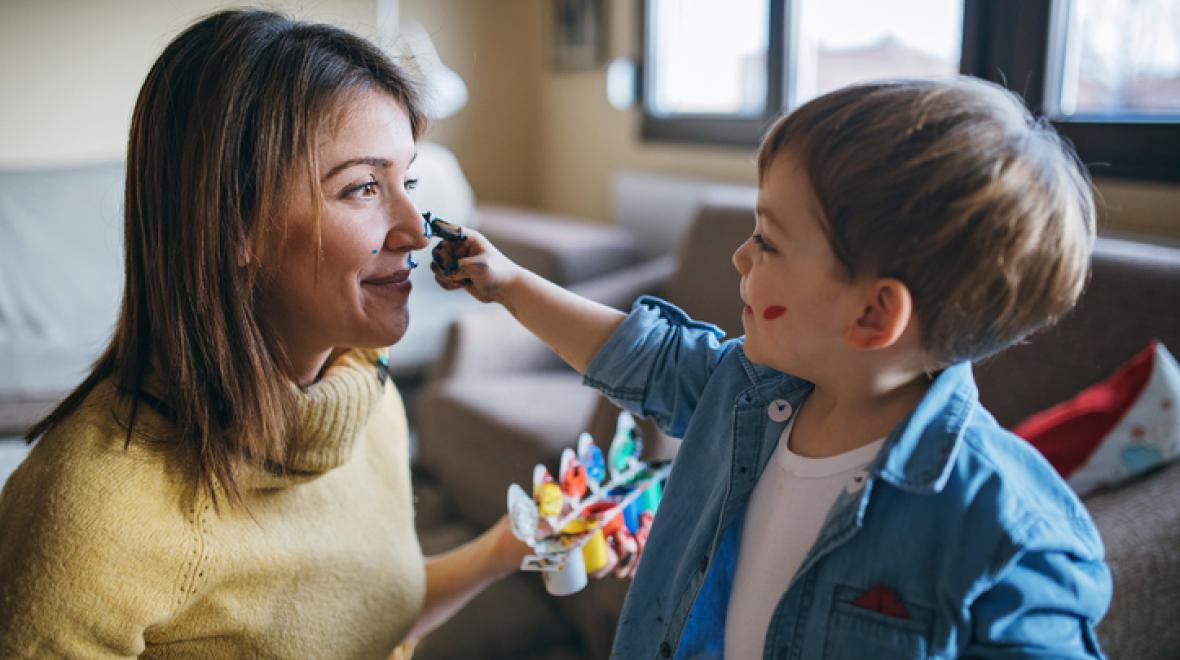
Discover the artistic potential of young minds with our curated list of the top 10 creative art projects for elementary school.
From paper mosaics to oil pastel art, these engaging and educational activities will unleash their imagination and talent.
With a focus on freedom and self-expression, these projects offer a platform for budding artists to explore their creativity and develop their skills.
Get ready to inspire and empower the next generation of artists with these exciting and accessible art projects.
Paper Mosaic Art
One popular art project for elementary school students is creating paper mosaics using various materials. Paper mosaic techniques involve the use of small pieces of paper, such as tissue paper, to create an image or design. This art form allows children to explore their creativity while developing fine motor skills and spatial awareness.
Tissue paper, with its vibrant colors and delicate texture, offers endless creative uses for paper mosaics. Students can tear or cut the tissue paper into small pieces and arrange them on a piece of cardboard or paper to create beautiful patterns and designs. They can experiment with different colors, textures, and shapes to bring their imagination to life.
Paper mosaic art is a fun and engaging project that allows elementary school students to express themselves freely while learning important artistic skills.
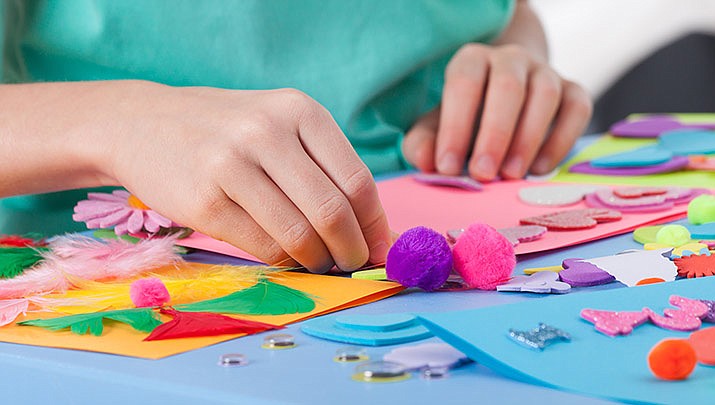
Salt Painting
Salt painting is an art project that offers a unique texture and color to young artists, making it an engaging sensory experience.
By using salt as a medium, students can explore different techniques and experiment with various painting styles, promoting their creativity.
This project allows children to express themselves through vibrant and dynamic artwork while developing their artistic skills and understanding of texture and color.
Unique Texture and Color
The incorporation of various materials and techniques in salt painting creates a captivating and distinctive texture and color in elementary school art projects.
Salt painting involves using common table salt to create unique textures and vibrant colors on paper or canvas.
Students can experiment with different types of salt, such as coarse or fine, to achieve different effects. They can also mix the salt with watercolors or food coloring to create a wide range of colors and shades.
The salt absorbs the pigments, creating interesting patterns and textures as it dries. This technique allows young artists to explore their creativity and experiment with different materials, while also learning about color theory and the properties of salt.
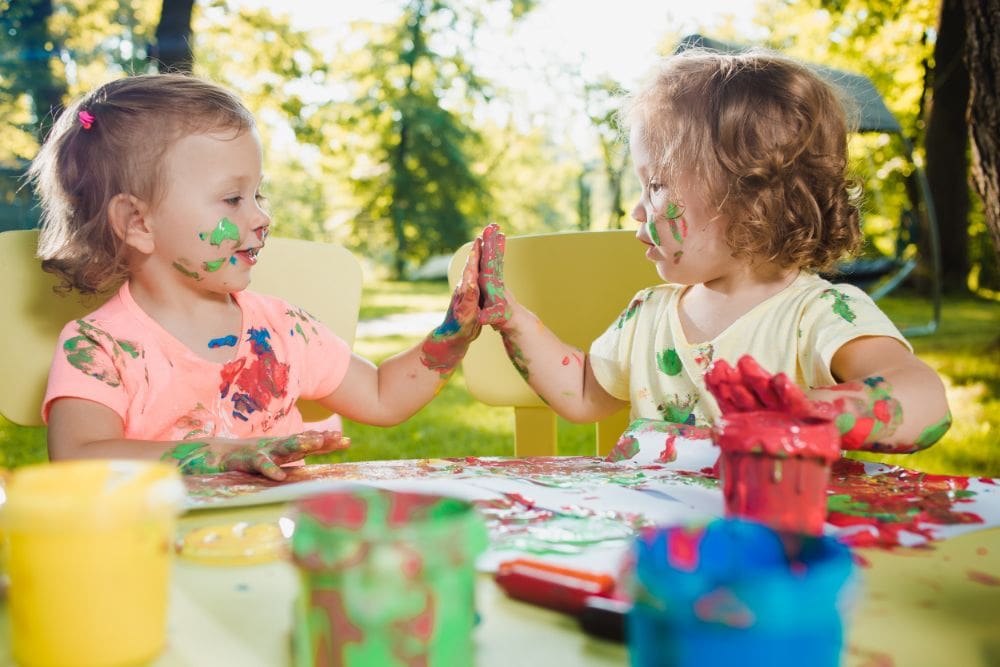
The end result is a visually stunning piece of artwork that showcases the artist's unique style and expression.
Engaging Sensory Experience
Engage young artists in a multi-sensory experience by incorporating salt painting into elementary school art projects. Salt painting is a hands-on learning activity that allows children to explore their senses while creating beautiful artwork.
This sensory exploration involves using glue as a base and sprinkling salt on top. When watercolor paint is applied to the salt, it spreads in unique and fascinating ways, creating interesting textures and patterns. As the paint interacts with the salt, it provides a tactile and visual experience for the young artists.
This process encourages creativity and experimentation, as children can observe how the paint reacts to the salt and adjust their techniques accordingly. Salt painting is a fantastic way to engage elementary school students in the world of art while stimulating their senses and fostering a love for hands-on learning.
One way to foster creativity and experimentation in elementary school art projects is by incorporating salt painting as a hands-on activity. Salt painting is a simple yet effective technique that allows young children to explore their artistic abilities and express their creativity freely.
Here are some key reasons why salt painting is beneficial in promoting creativity and experimentation in elementary education:
Importance of fostering creativity in young children:
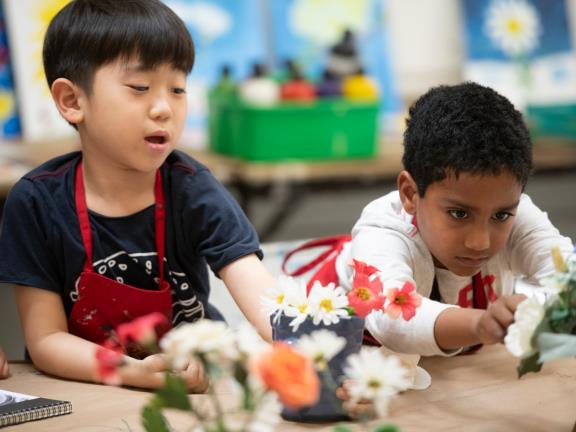
Encourages imagination and self-expression
Builds problem-solving and critical thinking skills
Boosts confidence and self-esteem
Benefits of hands-on art projects in elementary education:
Enhances fine motor skills and hand-eye coordination
Stimulates sensory experiences and cognitive development
Promotes collaboration and communication among students
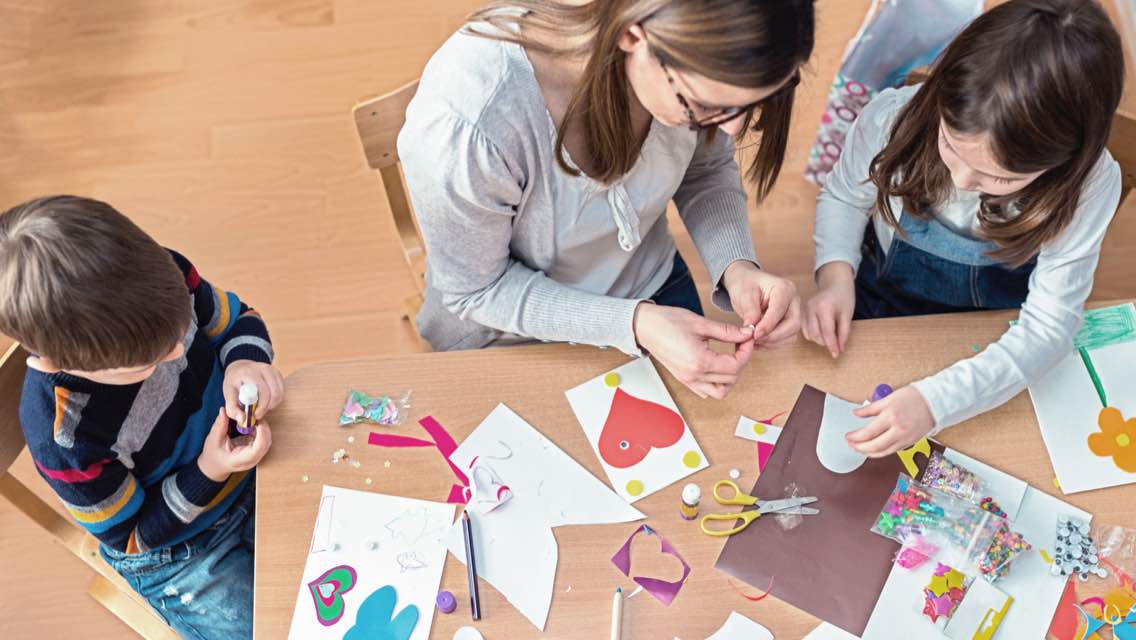
Nature Collages
An abundance of natural materials can be used to create stunning and unique nature collages in elementary school art projects.
Nature inspired crafts and outdoor art activities are a great way to engage young students and encourage their creativity and appreciation for the natural world.
By using leaves, flowers, twigs, and other found objects, children can explore different textures, colors, and shapes in their artwork. They can arrange and glue these materials onto a canvas or paper to create beautiful collages that depict scenes from nature or abstract designs.
This process allows them to connect with the environment, learn about different elements of nature, and develop their artistic skills.
Nature collages not only promote artistic expression but also foster a sense of environmental awareness and a love for the outdoors in young minds.
Tissue Paper Flowers
Tissue paper flowers are a fantastic art project for elementary school students as they allow for the creation of colorful and vibrant blooms. This craft is easy and fun, making it accessible to children of all skill levels.
Additionally, making tissue paper flowers helps enhance fine motor skills, as students must carefully fold and manipulate the delicate paper to create their desired shapes.
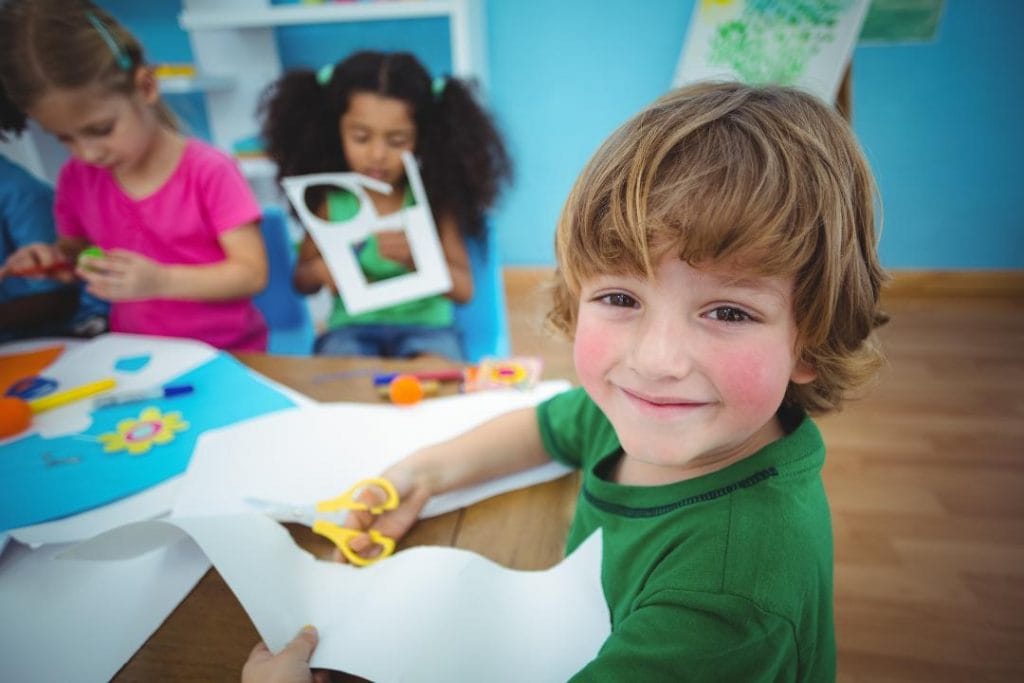
Colorful and Vibrant Blooms
Creating colorful and vibrant blooms using tissue paper is a popular art project for elementary school students. These tissue paper flowers are a fun and creative way for young artists to explore their artistic abilities and learn about color and composition.
Here are some reasons why this project is a hit with students:
Vivid Watercolors: By using tissue paper soaked in watercolors, students can create stunning blooms with rich and vibrant colors. The watercolors bleed and blend on the tissue, resulting in a beautiful and unique effect.
Abstract Painting Techniques: Tissue paper flowers allow students to experiment with abstract painting techniques. They can crumple, fold, or tear the tissue paper to create different textures and shapes, adding depth and interest to their artwork.
Endless Possibilities: Tissue paper flowers offer endless opportunities for creativity. Students can mix and match colors, experiment with different flower shapes and sizes, and even add additional details like stems and leaves to complete their botanical masterpieces.
With tissue paper flowers, elementary school students can unleash their imagination and create stunning, colorful blooms that will brighten any classroom or art display.
Easy and Fun Craft
The project involves using a small number of materials to create a bouquet of tissue paper flowers. This easy craft is perfect for elementary school children looking for a fun and creative activity.
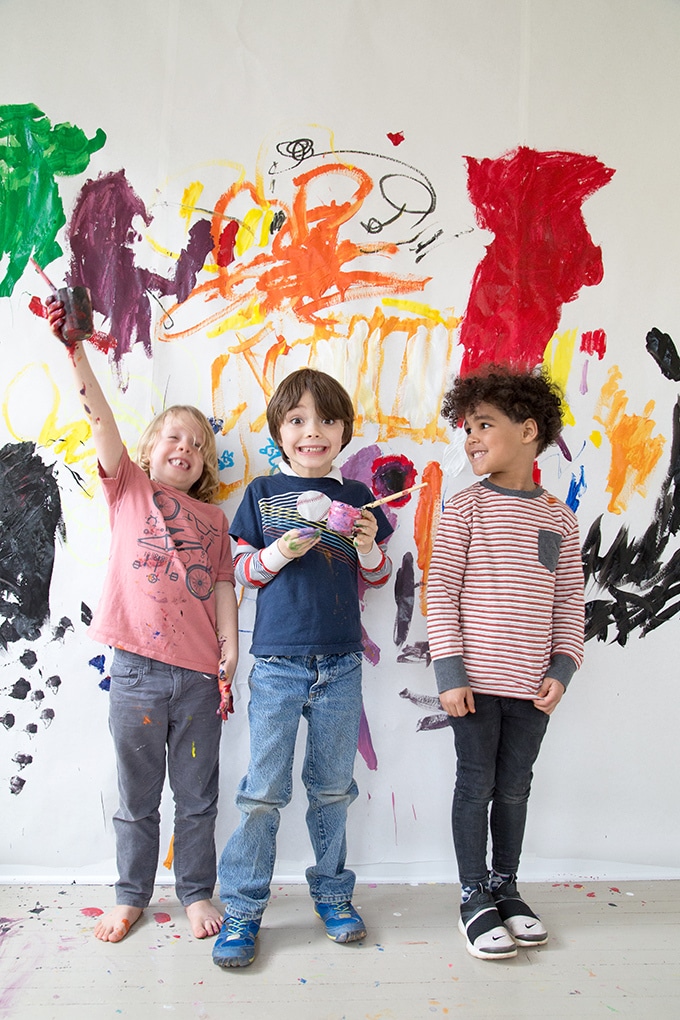
Tissue paper flowers are not only simple to make, but they also allow children to express their artistic side and experiment with colors. All you need for this project are some tissue paper sheets in various colors, pipe cleaners, and scissors.
By layering the tissue paper sheets and folding them accordion-style, children can create beautiful flower petals. Once the petals are secured with a pipe cleaner, the flowers can be shaped and fluffed to give them a realistic look.
This easy craft is not only a great way to keep children entertained, but it also helps develop their fine motor skills and creativity.
Enhances Fine Motor Skills
This art project focusing on tissue paper flowers provides an opportunity for elementary school children to develop their fine motor skills. By engaging in the process of cutting, folding, and gluing tissue paper, students can enhance their fine motor skill development and improve hand-eye coordination. This activity requires precise movements, such as carefully cutting the paper into desired shapes, folding it to create petals, and attaching them to a stem.
Here are three ways this project can help enhance fine motor skills and improve hand-eye coordination:
Cutting: Children can practice their cutting skills by following a pattern or cutting out their own unique shapes for the flower petals.
Folding: The process of folding the tissue paper requires careful manipulation and control of small movements, helping to develop hand dexterity.
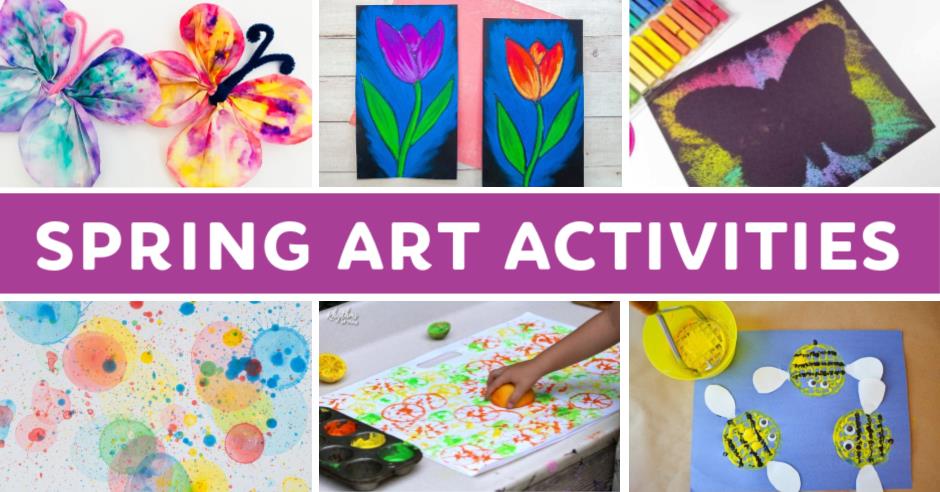
Gluing: Attaching the petals to the stem requires precision and hand-eye coordination, as children need to align and place the pieces accurately.
Engaging in this art project not only allows children to express their creativity but also helps them develop essential fine motor skills and hand-eye coordination.
DIY Pinch Pots
Students can easily create their own pinch pots using clay and their imagination. DIY clay pots are a fun and engaging art project for elementary school students. Pinch pots involve taking a ball of clay and using their fingers to pinch and shape it into a small bowl or container. This hands-on activity allows students to explore their creativity and develop their fine motor skills.
They can experiment with different shapes, sizes, and textures, creating unique and personalized pieces of art. Pinch pots can also be decorated with handprint art, where students can press their hand into the clay to leave an impression. This adds a personal touch and makes the pots even more special.
DIY pinch pots are a great way for students to express themselves and showcase their artistic abilities.
Homemade Kaleidoscope
When creating a homemade kaleidoscope, elementary school students can explore patterns and colors through a simple and engaging art project. This interactive project allows children to learn about light reflection while expressing their creativity. Here are three reasons why making a homemade kaleidoscope is a fantastic activity for young artists:
Endless possibilities: By rotating and adjusting the mirrors inside the kaleidoscope, students can create an infinite variety of mesmerizing patterns and designs.
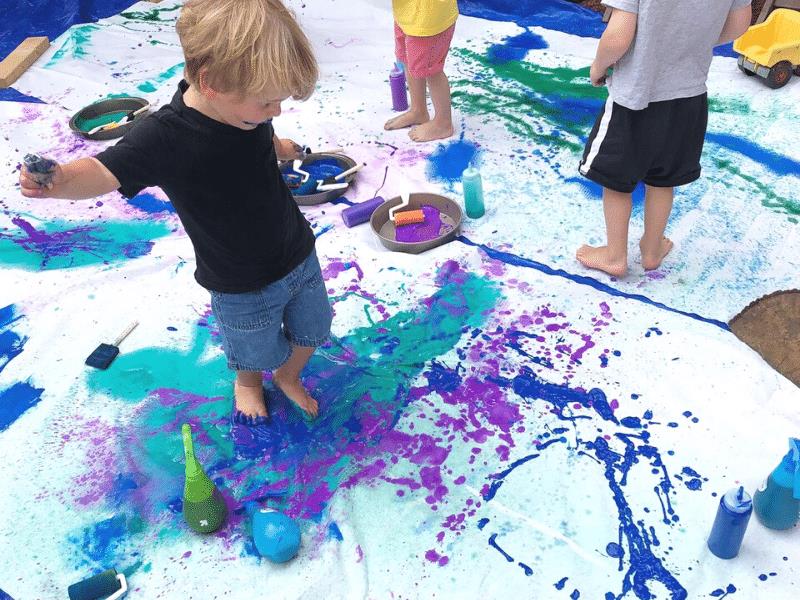
Hands-on learning: This project provides a hands-on experience that encourages students to experiment and discover the principles of light reflection in a fun and interactive way.
Personalized creations: Each student can customize their kaleidoscope with different colors, beads, and shapes, adding a personal touch to their artistic masterpiece.
Through the homemade kaleidoscope project, elementary school students can engage their imagination, develop their fine motor skills, and gain a deeper understanding of the fascinating world of light reflection.
Oil Pastel Art
Oil pastel art offers young students the opportunity to explore various blending techniques, allowing them to create smooth transitions between colors and achieve a more realistic depiction of their subjects.
Additionally, working with oil pastels allows students to experiment with different color combinations, encouraging them to think creatively and develop their own unique artistic style.
Lastly, the texture of oil pastels can be manipulated to create interesting effects, providing students with the chance to add depth and dimension to their artwork.
Blending Techniques for Oil Pastels
The blending techniques used in oil pastel art are essential for creating smooth and vibrant artworks. Oil pastels are a versatile and popular medium that allow artists to blend colors together to achieve various effects.

Here are three blending techniques that can be used with oil pastels:
Smudging: This technique involves using your fingers or a blending tool to gently rub the colors together, creating a soft and blended appearance.
Layering: By layering different colors on top of each other, artists can create depth and richness in their artwork. The colors can be blended by applying light pressure and gradually building up the layers.
Stippling: Stippling involves using small dots or dashes of color to create texture and blend the colors together. This technique is great for creating details and adding dimension to your artwork.
Exploring Color Combinations
Color combinations play a crucial role in oil pastel art, allowing young artists to create visually striking and harmonious artworks. Understanding color theory and employing color symbolism can greatly enhance the impact of their creations.
Color theory, the study of how colors interact and relate to each other, helps artists make informed choices when selecting colors for their artwork. By understanding concepts such as complementary colors (colors opposite each other on the color wheel) and analogous colors (colors next to each other on the color wheel), young artists can create dynamic and balanced compositions.
Additionally, color symbolism adds another layer of meaning to their artwork. For example, using warm colors like red and orange can evoke feelings of energy and excitement, while cool colors like blue and green can create a sense of calm and tranquility.
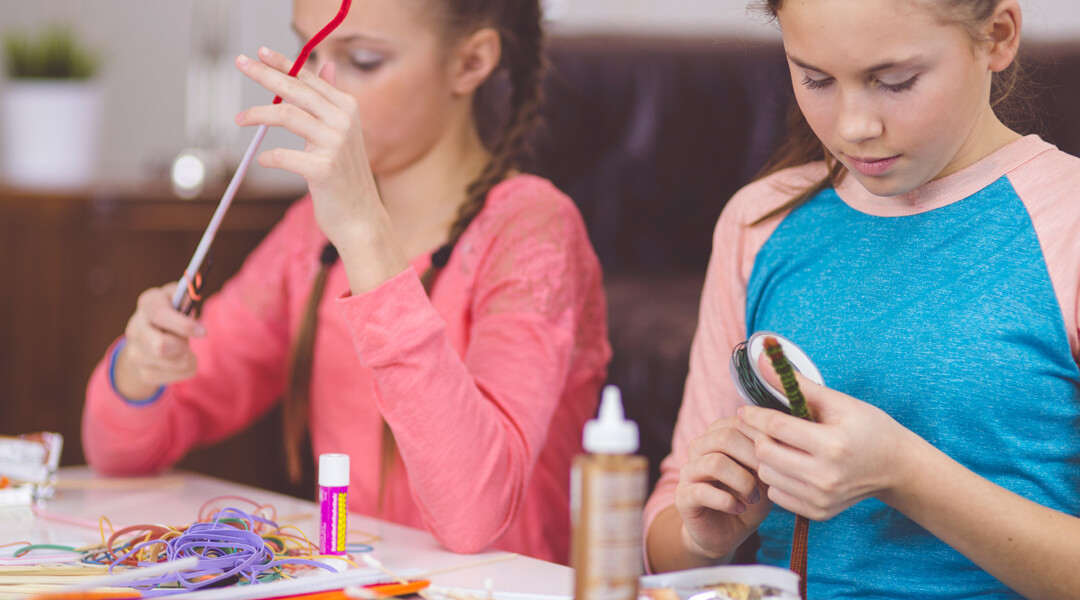
Creating Textured Effects
With a variety of techniques, young artists can achieve stunning results by incorporating different textures into their oil pastel artwork. Textured painting allows for a sensory exploration that adds depth and interest to a piece.
Here are three techniques for creating textured effects with oil pastels:
Layering: By layering different colors and blending them together, students can create a rich and textured surface. They can experiment with different pressures and strokes to achieve desired effects.
Scumbling: Scumbling involves applying a light layer of pastel over a darker color, allowing the underlying color to show through. This technique creates a textured, almost speckled effect.
Sgraffito: Sgraffito involves scratching into the surface of the pastel to reveal the layers underneath. This technique adds both texture and visual interest to the artwork.
Collage Self-Portraits
Using a variety of materials and images, students can create visually captivating collage self-portraits that showcase their unique personalities and artistic abilities. Collage techniques and mixed media projects provide the perfect opportunity for young artists to explore their creativity and experiment with different textures, colors, and patterns.
By layering various materials such as colored paper, fabric scraps, magazine cutouts, and even small objects, students can create a multidimensional representation of themselves. This process allows them to express their individuality and communicate their interests and experiences through art.
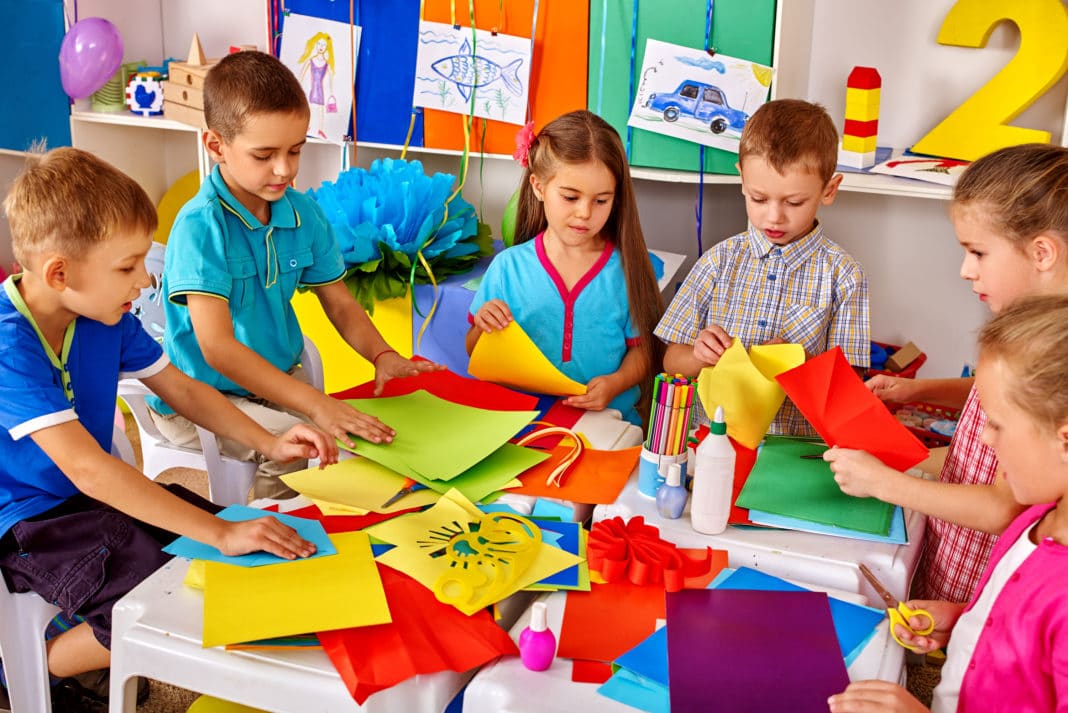
Collage self-portraits also encourage students to think critically about composition and spatial relationships, as they arrange and glue down each element. The end result is a vibrant and dynamic artwork that reflects the artist's identity and creative spirit.
Homemade Stamps
A few simple materials and a little creativity are all that is needed to create engaging and personalized homemade stamps for elementary school art projects. Homemade stamps offer a fun and unique way for young artists to express themselves while also engaging in sensory exploration.
Here are three exciting possibilities for homemade stamps:
Fruit and vegetable stamps: Slice fruits and vegetables like apples, potatoes, or carrots in different shapes and use them as stamps. This allows children to experiment with different textures and patterns.
Found object stamps: Encourage children to explore their surroundings and find interesting objects with unique textures, such as leaves, shells, or even buttons. These objects can be dipped in paint and used as stamps, creating intriguing patterns.
Sponge stamps: Cut sponges into various shapes and sizes and let children immerse them in paint. This provides a tactile experience as they press the sponges onto paper, creating different textures and designs.
With homemade stamps, young artists can unleash their creativity and engage in sensory exploration, making their art projects truly one-of-a-kind.
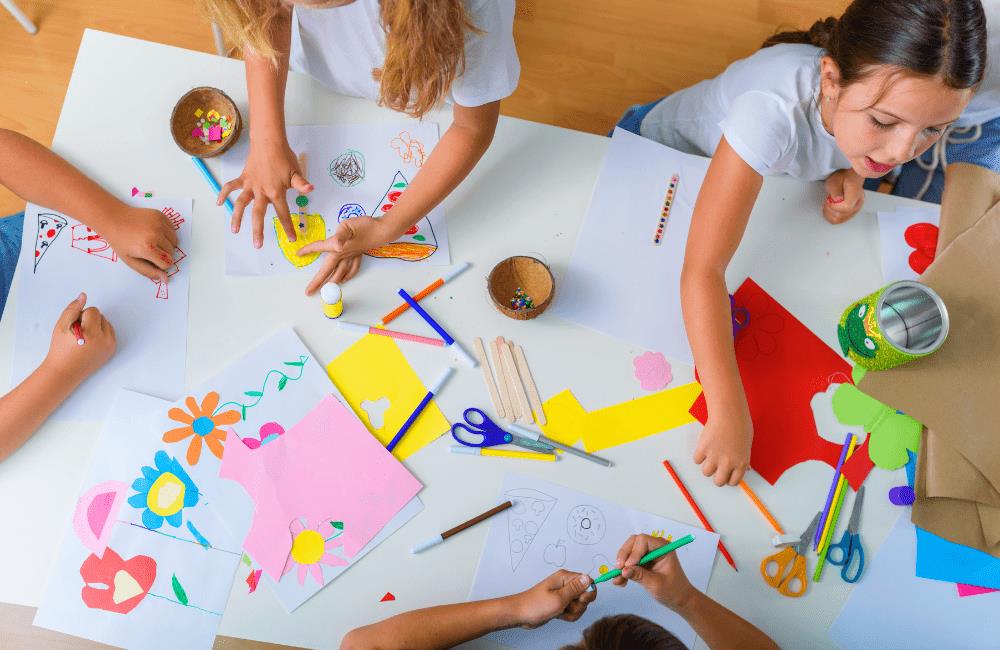
Sponge Painting
Sponge painting provides an interactive and hands-on approach to art, allowing young artists to experiment with different textures and techniques. This engaging sensory experience involves using sponges of various shapes and sizes to apply paint onto paper or canvas.
Kids can explore their creativity by dabbing, stamping, or dragging the sponge across the surface, creating unique patterns and designs. The soft, porous nature of the sponge creates interesting textures and blends colors together, adding depth and dimension to their artwork.
Sponge painting also encourages fine motor skills development as children learn to control the pressure and movement of the sponge. This versatile technique can be used to create anything from abstract art to landscapes, making it a fun and accessible project for elementary school students of all skill levels.
Frequently Asked Questions
What Materials Are Needed for the Paper Mosaic Art Project?
To create a paper mosaic art project, you will need various materials such as colored paper, scissors, glue, and a surface to work on. Follow the instructions to cut and arrange the paper pieces to form a mosaic design.
How Long Does It Take to Complete the Salt Painting Project?
The salt painting project typically takes about 30-45 minutes to complete. This project is a great way to teach elementary school students about color blending and texture. It can be incorporated into a lesson on creating 3D sculptures using recycled materials.
Can Nature Collages Be Made With Any Type of Leaves and Flowers?
Nature collages can be made using either dried leaves and pressed flowers or fresh ones. Both types of materials offer unique textures and colors, allowing young artists to create visually captivating and environmentally inspired artworks.
Are Tissue Paper Flowers Difficult to Make?
Tissue paper flowers can be time consuming to make due to the delicate nature of the material. However, with practice and patience, they can be created with stunning results. Nature collages can be made with various materials besides leaves and flowers.
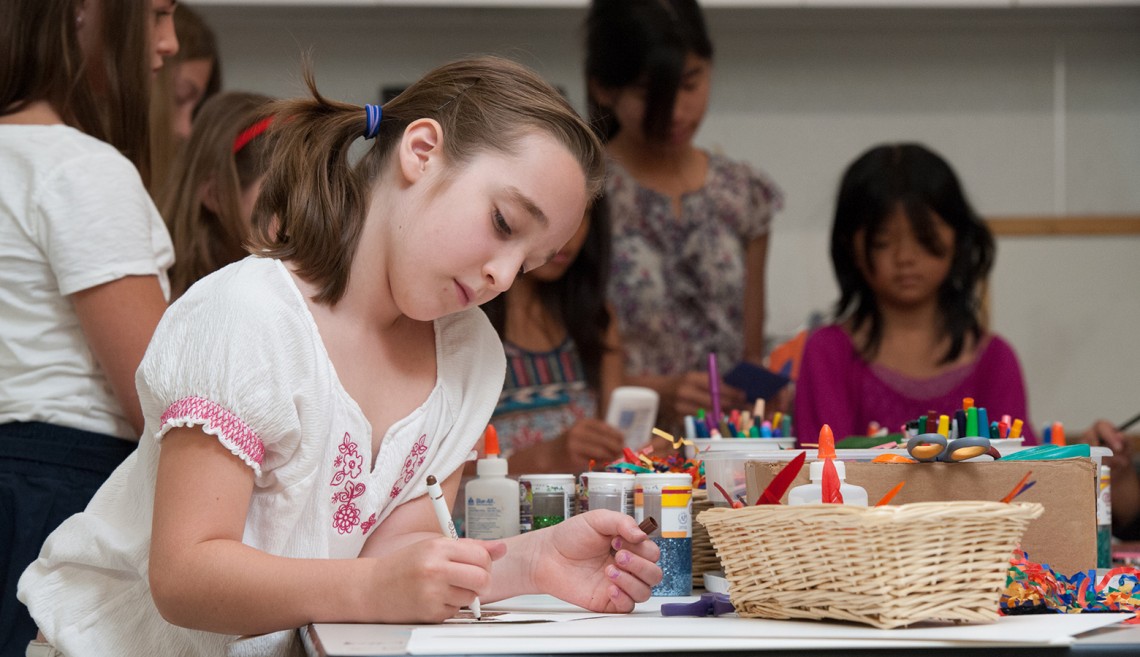
Where Can I Find Instructions for Making Homemade Stamps?
To find instructions for making homemade stamps, you can search online craft websites or watch tutorial videos on platforms like YouTube. Popular stamp designs include floral patterns, animals, and geometric shapes. Some online stores also sell homemade stamps.
 Kids Art ProjectsParty PlanningPaper CraftsOrigami for KidsPrivacy PolicyTerms And Conditions
Kids Art ProjectsParty PlanningPaper CraftsOrigami for KidsPrivacy PolicyTerms And Conditions
